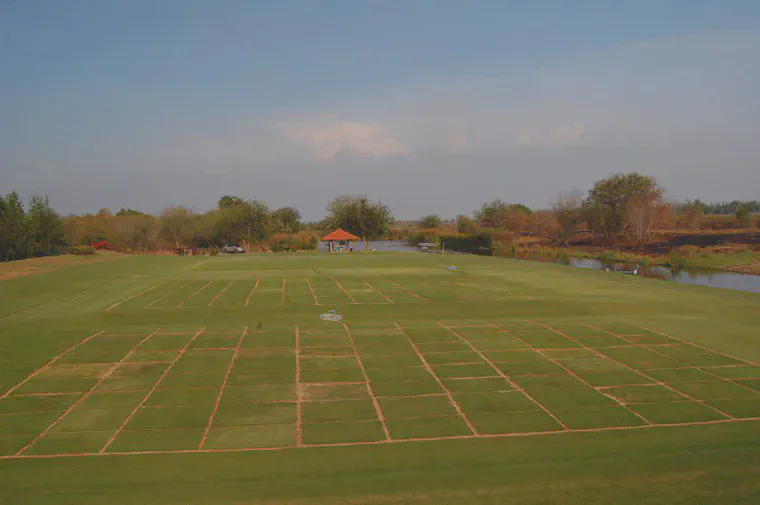Is this the most common oxymoron in turf?
An oxymoron is a contradiction in terms, and the one about nutrients being present but not available, or exchangeable but not available, or adequate but limited, is one I hear again and again.
Paul Walsh posted this common question:

I’ve tried previously to answer this in a lot of different ways:
- Concerning the availability of nutrients in soil
- It’s not really about extractable or available
- Beware! These topics are misleading and irrelevant
- Seminar questions: availability (again), and foliar applications in the context of soil guidelines
- Bah! Humbug! Why the concept of “exchangeable” vs. “available” nutrients is a fallacy
- Another availability question: P & K & MLSN
- Why it is not important to maintain soil pH between 6.5 and 7.0
Let me answer in a slightly different way this time.
First, it is an oxymoron to think of availability in terms of present but not available, or adequate but of limited availability. A clearer way to think of this, and the way that I try to express it now, is enough or not enough. For any element, is there enough to meet the grass requirements, or is there not enough? The MLSN guidelines provide an answer to this question.
Second, have you noticed what is missing in all this discussion about the semantics of availability? Turf performance. That’s what is missing. I want to know if there is enough, or not enough, in order to produced the desired turfgrass surface. Sure, the solubility of different elements changes with pH. Sure, the ion exchange characteristics of the soil change with pH. But only when turfgrass performance is affected do we need to worry about this. So I suggest going back to the first point: is there enough or not enough?
Here is grass performing just fine across a range of pH from 3.7 to 9.5. Yes, the soil chemistry changes across that pH range. Yes, there will be differences in nutrient solubility. But the grass is fine. You’ll see that there is enough in each of these soils.
Soil pH from 3.7 to 7.4

Soil pH 6.5

Soil pH 7.8

Soil pH 8.3

Soil pH 9.5
